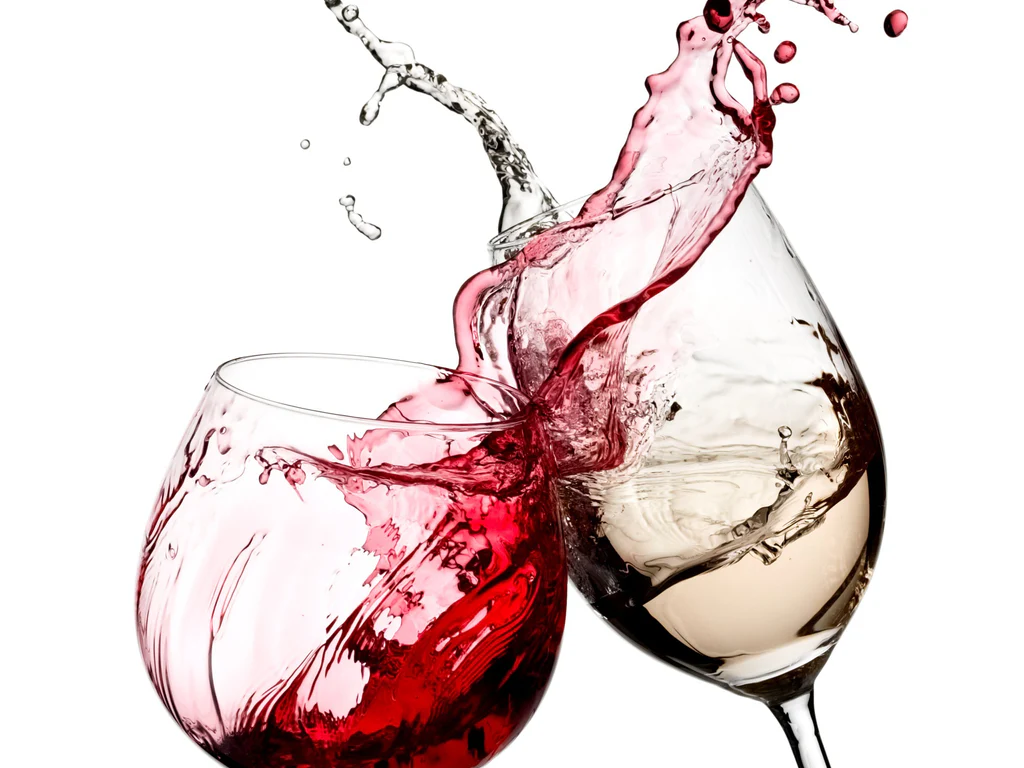Wine enthusiasts and casual drinkers alike often wonder about the fundamental differences between red and white wines beyond their obvious color distinction. While both beverages originate from grapes and undergo fermentation, their production methods, flavor characteristics, and health benefits vary significantly. Understanding these differences can enhance your wine appreciation and help you make informed choices for various occasions and food pairings.
The distinction between red and white wine extends far beyond visual appearance. The production process, grape varieties used, fermentation techniques, and resulting chemical compositions all contribute to creating unique experiences in every glass. Red wines are celebrated for their bold, complex flavors and rich tannin structure, while white wines are prized for their crisp acidity, delicate aromatics, and refreshing qualities.
Interestingly, the color difference doesn’t always correlate with grape color as one might expect. Red wines aren’t made from red grapes but rather from dark blue or black grape varieties, while white wines can be produced from both white and dark grapes, depending on the production method employed. This fascinating aspect of winemaking demonstrates the crucial role that production techniques play in determining the final product’s characteristics.
The health implications of choosing between red and white wine have been extensively studied, with both varieties offering unique benefits. Red wine has gained attention for its higher concentration of antioxidants and polyphenolic compounds, while white wine provides its own set of health advantages with different chemical compositions. Understanding these differences empowers consumers to make choices aligned with their preferences and health considerations.
Production Methods: The Foundation of Difference

The most significant difference between red and white wine production lies in the fermentation process and skin contact duration. Red wines are fermented with grape skins, seeds, and sometimes stems remaining in contact with the juice throughout the fermentation period. This process, called maceration, allows the extraction of color, tannins, and flavor compounds from the grape skins into the liquid.
White wine production follows a different approach where grapes are pressed immediately after crushing, and the skins are separated from the juice before fermentation begins. This technique preserves the wine’s pale color and creates a lighter, more delicate flavor profile. The juice, also known as must, ferments without skin contact, resulting in wines with minimal tannin content and bright acidity.
The maceration process in red wine production works similarly to steeping tea – the longer the contact time, the more intense the color and flavor extraction becomes. Light-skinned grape varieties like Pinot Noir produce fresher, brighter red wines, while thick-skinned grapes such as Cabernet Sauvignon yield more powerful and concentrated wines due to extended skin contact.
An interesting exception to traditional production methods is Blanc de Noirs champagne, where dark grapes like Pinot Noir and Pinot Meunier are processed using white wine techniques, creating white wine from dark grapes. Conversely, orange wines are white wines made with extended skin contact, resulting in wines that taste similar to reds and contain tannins.
Grape Varieties and Color Origins
Contrary to popular belief, red wines are not made from red grapes but from dark blue or black grape varieties. Common red wine grapes include Cabernet Sauvignon, Merlot, Pinot Noir, and Syrah, all of which have dark-colored skins containing the pigments responsible for red wine’s characteristic color.
White wines are typically produced from green or yellowish grape varieties such as Chardonnay, Sauvignon Blanc, and Pinot Grigio. However, white wines can also be made from dark grapes when the skins are removed immediately after pressing, preventing color extraction.
The genetic relationship between grape varieties is fascinating – Pinot Noir (black grape), Pinot Gris (pinkish-gray grape), and Pinot Blanc (white grape) all share identical DNA, with color variations resulting from natural mutations over time. This demonstrates how grape varieties evolved from an original black grape ancestor, with white grapes developing through genetic mutations.
Flavor Profiles and Tasting Characteristics

Red wines typically exhibit flavors from the berry family, ranging from strawberries and cherries in lighter varieties to cassis, blackberries, and plums in richer expressions. Secondary flavors often include herbs, tobacco, leather, and earthy undertones that add complexity and depth. The tannin content in red wines provides structure and creates an astringent sensation that contributes to the wine’s backbone.
White wines present a different flavor spectrum, featuring citrus fruits in lighter expressions, orchard fruits like pears and apples in medium-bodied wines, and tropical fruits such as guava, mango, and pineapple in richer styles. Some white wines exhibit minerality – a briny or chalky quality that adds another dimension to the tasting experience.
The structural differences between red and white wines significantly impact mouthfeel and drinking experience. Red wines rely on tannins for structure, creating wines that can feel bold, rich, and velvety. White wines depend on acidity for their structural foundation, resulting in crisp, fresh, and refreshing characteristics that make them excellent food pairing partners.
Health Benefits and Nutritional Differences
Red wine has traditionally been considered healthier due to its higher concentration of antioxidants and polyphenolic compounds derived from grape skins. These compounds, including resveratrol, promote heart health, support good cholesterol levels, and may reduce the risk of blood clots. Studies suggest that moderate red wine consumption may decrease certain cancer risks, reduce gallstone formation, and improve cognitive function.
White wine, while containing fewer antioxidants than red wine, offers its health benefits. Research from the University of Barcelona indicates that white wine contains phenolic compounds that provide cardiovascular protection and anticarcinogenic effects. Although these phenolic levels are lower than in red wine, white wine’s phenols demonstrate higher antioxidant capacity in some studies.
Nutritionally, white wine typically contains slightly fewer calories, more carbohydrates, and lower alcohol content compared to red wine. However, Harvard research suggests that the health advantages attributed to red wine may be overstated, as the polyphenol content, while higher than that of white wine, remains lower than levels found in dark chocolate or blueberries.
Food Pairing and Serving Considerations

The structural differences between red and white wines make them suitable for different culinary applications. Red wines pair excellently with red meats, aged cheeses, and rich, savory dishes due to their tannin content and bold flavors. The tannins help cleanse the palate when consuming fatty foods, creating harmonious flavor combinations.
White wines pair well with lighter fare, including seafood, poultry, fresh cheeses, and vegetarian dishes. Their bright acidity enhances delicate flavors and provides a refreshing contrast to creamy or buttery preparations. The crisp nature of white wines makes them particularly suitable for warm weather consumption and outdoor dining.
The differences between red and white wines extend far beyond color, encompassing production methods, grape varieties, flavor profiles, and health benefits. Red wines offer bold, complex experiences with their tannin-rich structure and berry-forward flavors, while white wines provide crisp, refreshing alternatives with bright acidity and delicate fruit characteristics. Both wine styles have their place in a well-rounded wine appreciation journey, offering unique pleasures for different occasions, food pairings, and personal preferences. Understanding these fundamental differences empowers wine enthusiasts to make informed choices and fully appreciate the artistry behind each bottle.


